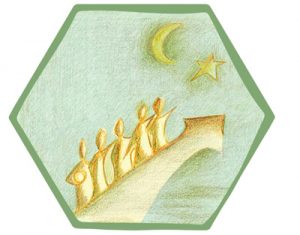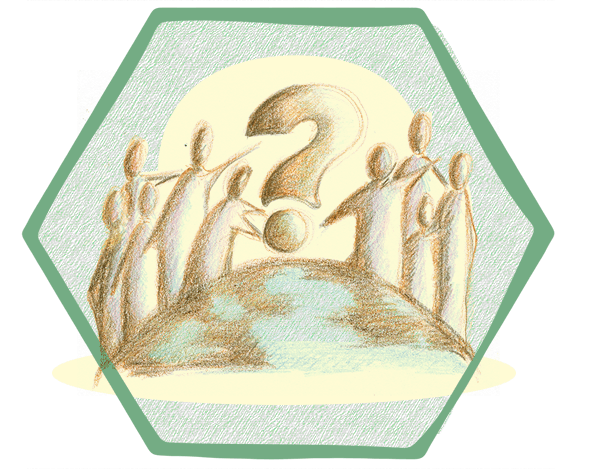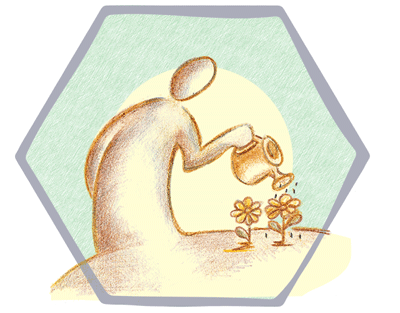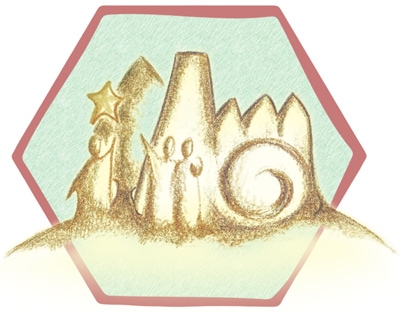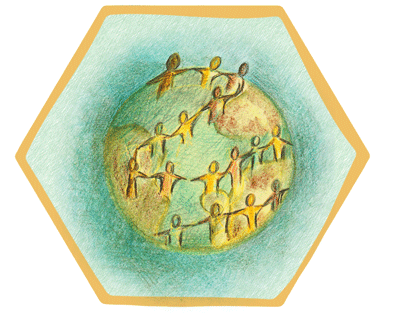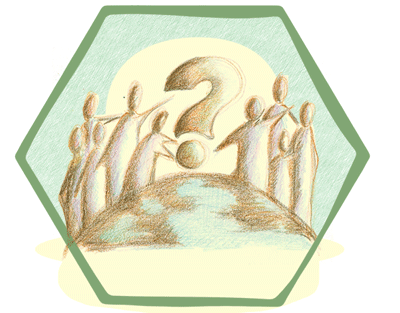 Teams & Leadership
Teams & Leadership
At the interpersonal level, we focus on teams and leadership issues, both between individuals and within and between teams. This is about improving their relationships, communication, collaboration, interaction and performance. It is what we call the meso level. We look into two main areas:
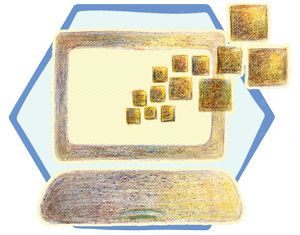
Most of our programs can be tailored to take place remotely.
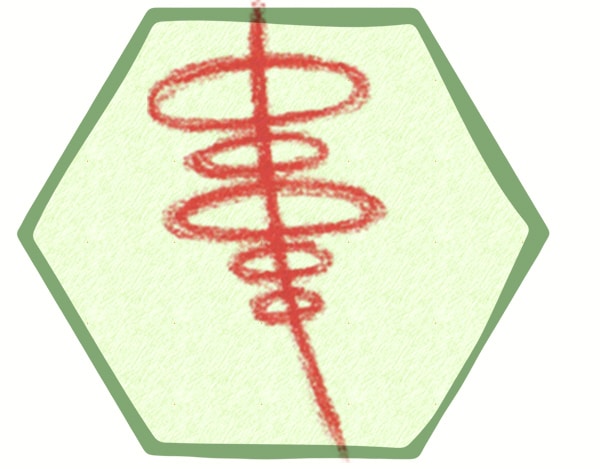 Team Backbone
Team Backbone
How do we truly align ourselves around our team’s purpose? How do we shape a team’s identity and clarify and align team direction?
This intervention is about creating the appropriate conditions for a group of people to pinpoint and pursue their collective purpose and, by doing so, becoming a high performing team.
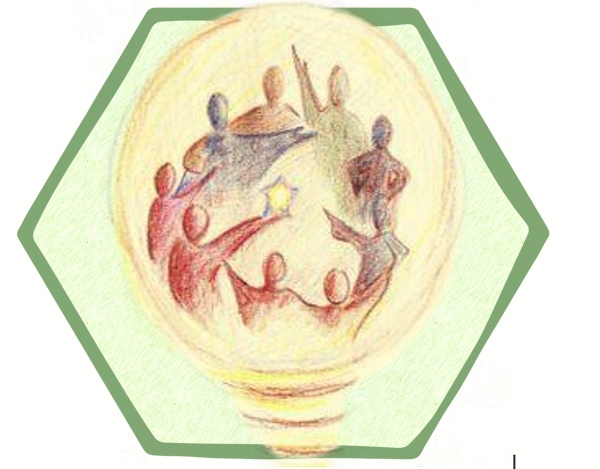 Team Spark
Team Spark
Everyone on the team gets on board and sparks the best within him or herself, fully engaging with other team members and with the task at hand.
- Who am I and who are the others?
- What is our focus?
- How do we organize ourselves?
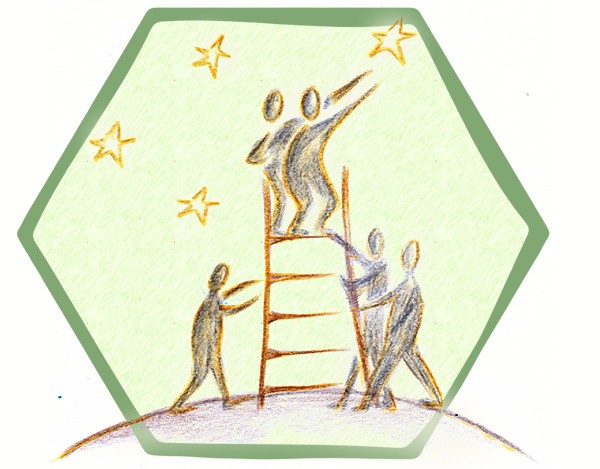 Team Focus
Team Focus
The team works out its focus, so that it can be effective in achieving what it needs, short, mid and long term. Everyone in the team develops an understanding of their context and clarifies their own roles, responsibilities and interfaces.
- Who are we?
- What is our reality?
- What do we need to do to be successful?
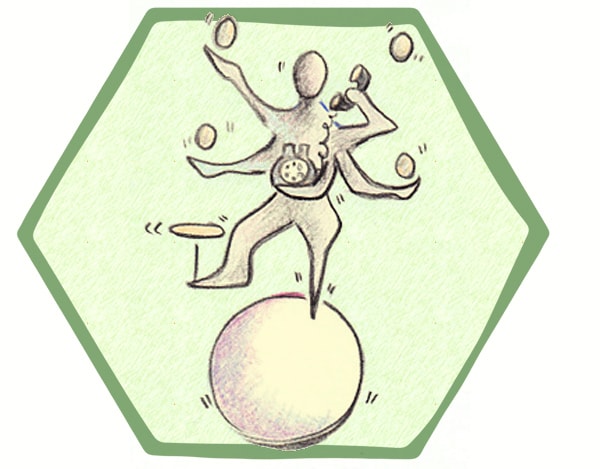 Team Under Stress
Team Under Stress
Team members learn the essential aspects of their stressors and best practices to be able to build resilience in the face of complexity and times when they may be under pressure.
- Identify the team’s sources of stress
- Develop ways of tackling problems and challenges
- Re-energize the team to improve motivation and collaboration
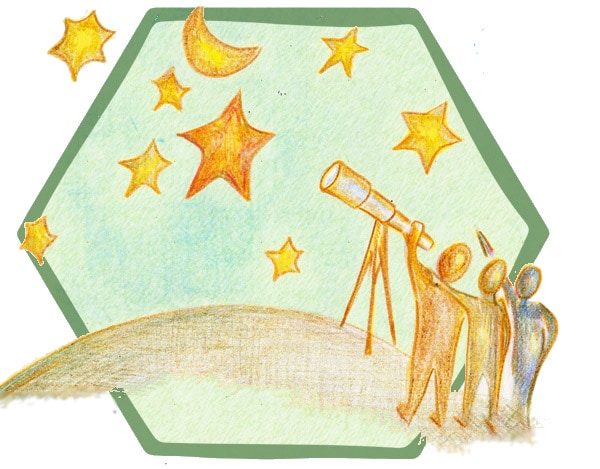 Team Scenarios
Team Scenarios
Preparing a team for the future:
How would good and bad look like for our team?
How do we as a team influence our best possible future?
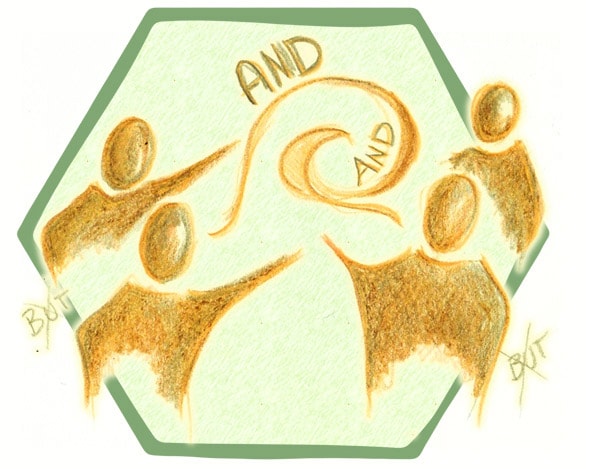 Agile Teams
Agile Teams
We support newly formed and existing teams on their way to become agile and self-organized.
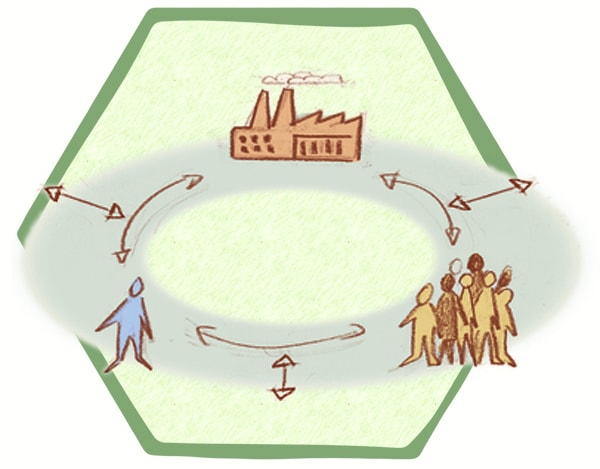 Change Management
Change Management
An organizational change affects a team. Change Management on a team level deals with how to tackle and master the effects of change on a team in the most constructive way.
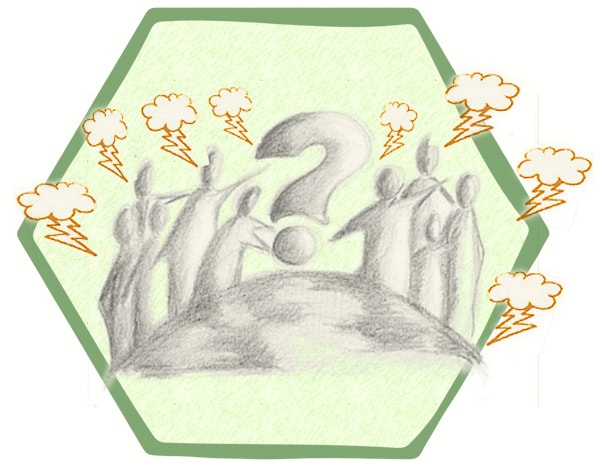 Conflict Management
Conflict Management
In our conflict resolution interventions, we create spaces and design processes that make it safe for individuals, teams or groups to jointly tackle their conflicts and work on finding ways to overcome them and move forward.
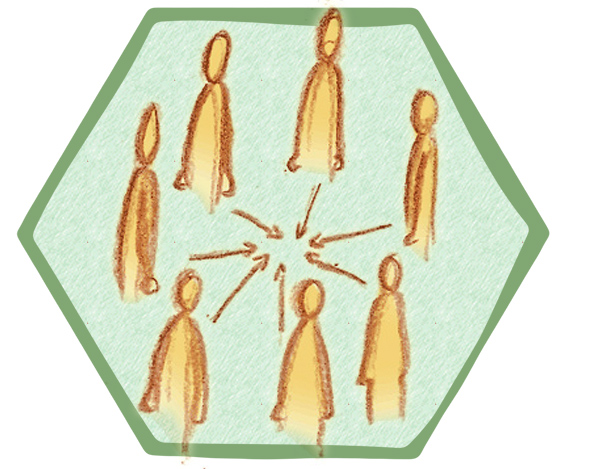
Leadership Development
We train managers, leaders and executive teams in leadership skills, so they can deal in the best way they can with current and future leadership challenges.
Read More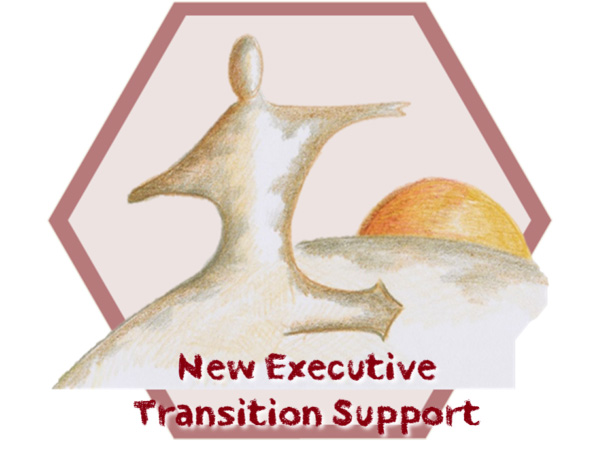 New Executives Transition Support (NETS)
New Executives Transition Support (NETS)
New Executives Transition Support (NETS) is designed to ensure a smooth and effective onboarding and settling into the new position. In the background, it provides a framework that allows to work on all essential and relevant elements of this specific executive transition in order to make it a success.
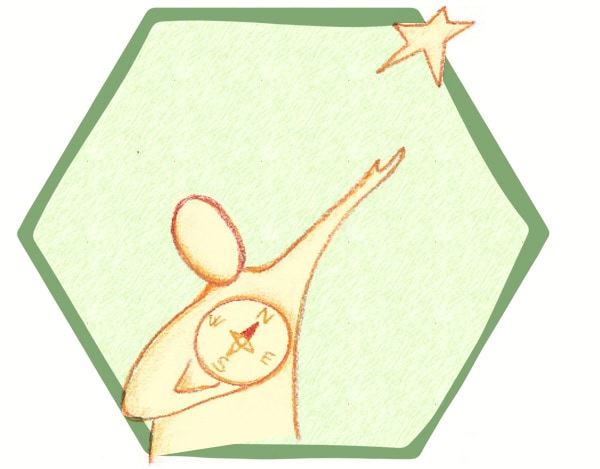 Leading Self
Leading Self
This is a programme that engages participants in an in-depth self-reflection on how to be authentic leaders and how to lead with purpose.
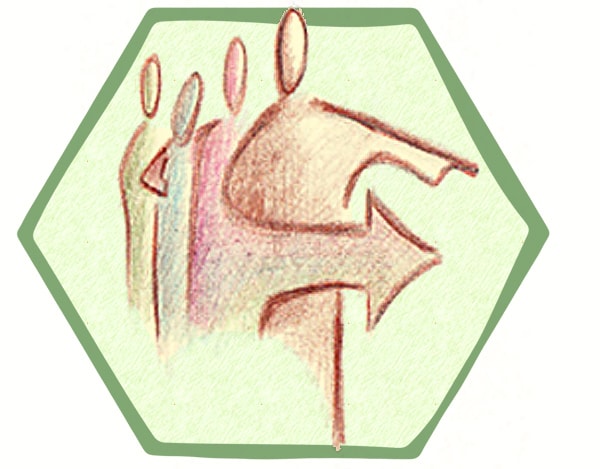 Leading Others
Leading Others
This provides a clear picture about good and bad leadership behaviour and designs a development plan to work on one’s own leadership behavior. Leaders analyze their teams and learn how to engage with them individually and collectively.
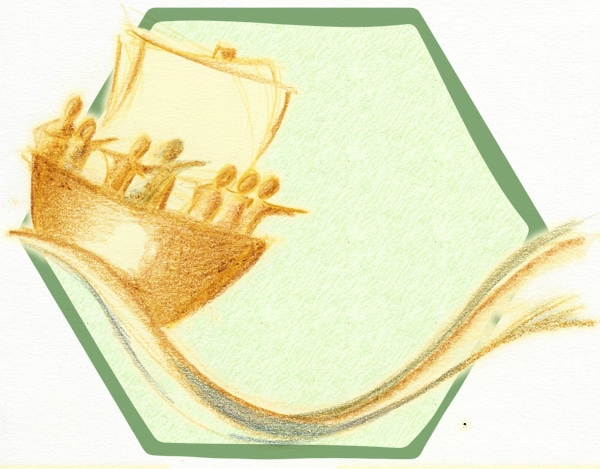 Leading Change
Leading Change
This is about understanding the dynamics of change. Leaders learn how to prepare, plan and implement change processes and how to create buy-in for change initiatives and therefore increase their chances for success at the implementation stage.
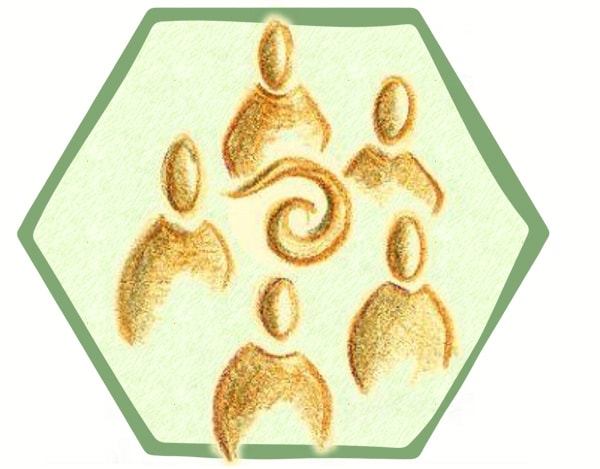 Experienced Leaders Programme
Experienced Leaders Programme
The Experienced Leaders Programme is designed to allow senior leaders to freshen up their leadership knowledge and skills while learning from each other’s leadership challenges.
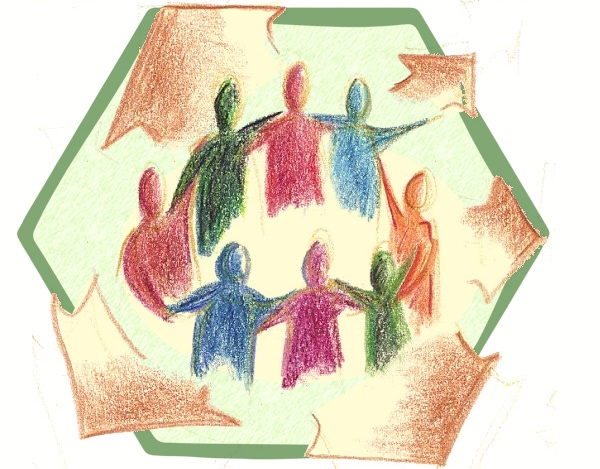 Leadership Hike
Leadership Hike
The Leadership Hike is a hybrid form of leadership teambuilding and leadership program. Going on a 3-5 days leadership hike, different team and leadership aspects are processed.
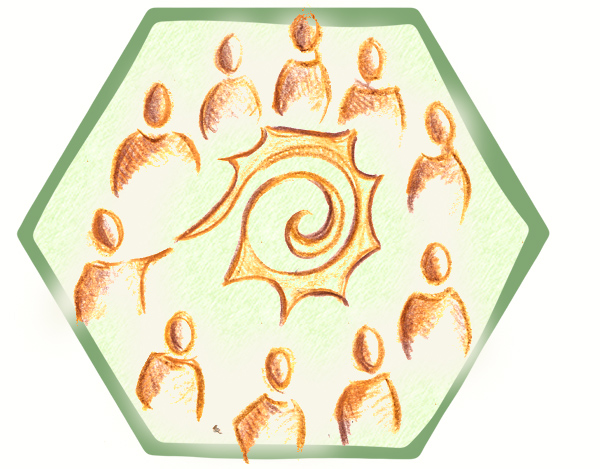 Executive Team Retreat
Executive Team Retreat
An executive team goes on a retreat to work on its own and the organization’s:
- Effectiveness
- Strategic Direction
- Priorities
- Challenges
- Dysfunctions
- etc.
Individuals
At this level, we focus on personal growth, and enable people to develop the necessary skills and attitudes to successfully deal with themselves, their situations and the challenges they face.
Organizations
Here we focus on bigger organizational units or the whole organization. We work on topics such as: organizational development, alignment, culture, vision, strategy and more.
Beyond Organizations
At this level we engage in large scale change and transformation across organizations, in communities, in and across sectors and in society itself.

